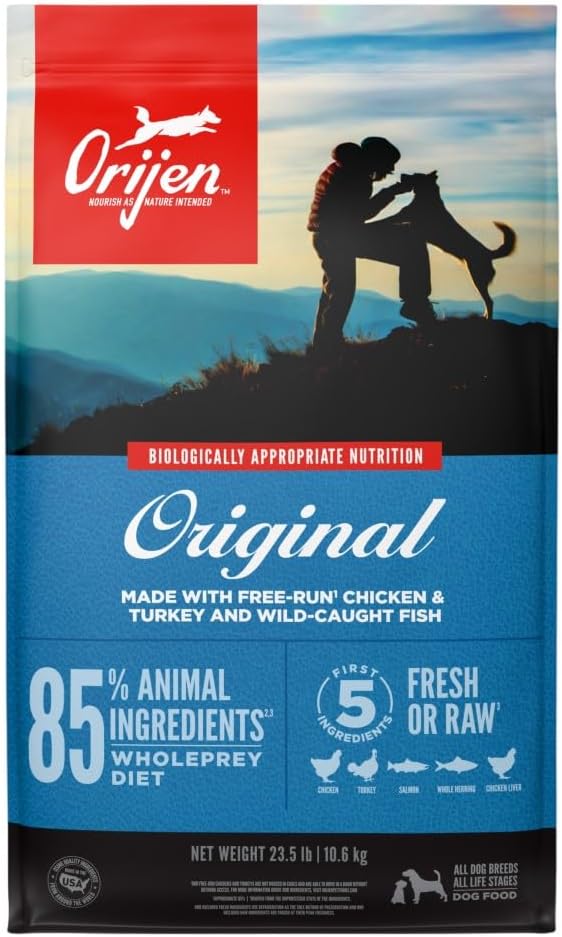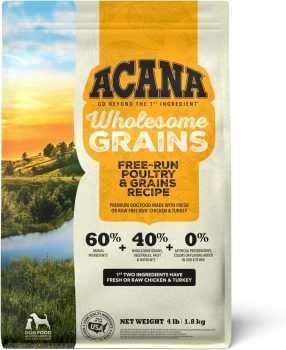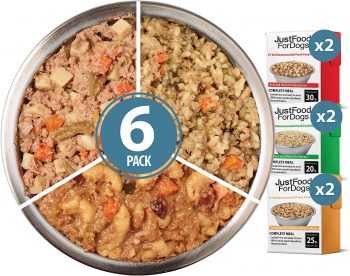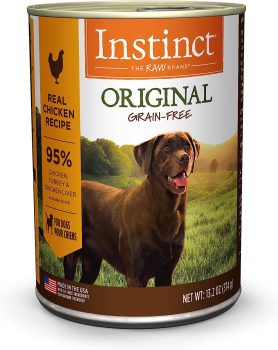The Beagle, with its keen sense of smell and boundless energy, is a small yet sturdy dog that was initially bred for hunting. Today, Beagles are popular household companions known for their friendly nature and adorable looks. Whether you’re a first-time Beagle owner or have had one for years, understanding their dietary needs is crucial for their health and well-being. This guide will delve deep into the specifics of feeding a Beagle, from the amount of food they require to the cost implications of their diet.
1. Understanding Beagle’s Dietary Needs
The nutritional needs of a Beagle depend on various factors, including their age, weight, activity level, and overall health. Puppies, being in their growth phase, have different dietary requirements than adults. Generally, Beagles are active and have a robust metabolism, which means they need a balanced diet rich in protein, fats, and essential nutrients to support their energy levels.
2. Determining the Right Amount
The amount of food your Beagle requires will depend on the caloric content of the food. It’s always crucial to check the feeding recommendations on the dog food packaging. However, the following can serve as a general guideline:
- Puppies (2-6 months): Depending on their weight, Beagle puppies may need between 400 to 500 calories a day, split into 3-4 meals.
- Adults (1-7 years): An adult Beagle weighing around 20-25 pounds might require 700-900 calories daily, which can be split into two meals.
- Seniors (8 years and above): As Beagles age, their metabolism slows down. Senior Beagles might need slightly fewer calories, approximately 600-800 a day, divided into two meals.
It’s essential to monitor your Beagle’s weight regularly. If they’re gaining excess weight, you may need to adjust their calorie intake and ensure they’re getting enough exercise.
3. Choosing the Right Food
High-quality commercial dog food, which lists a good protein source as the first ingredient, is generally recommended for Beagles. Ensure the food doesn’t contain fillers, artificial additives, or by-products. For owners who prefer homemade meals or a raw diet, consulting a vet or a pet nutritionist is essential to ensure the food meets all the dog’s nutritional requirements.
4. The Cost Implications
The monthly cost of feeding a Beagle can vary widely based on where you live and the type of food you choose. On average, feeding a Beagle high-quality commercial dog food might cost between $30 to $50 a month. However, this can go up if you opt for premium or specialty brands. Treats, supplements, and occasional vet visits for dietary consultations can add to the monthly budget.
5. Treats and Snacks
While Beagles love treats, it’s essential to ensure that treats don’t make up more than 10% of their daily caloric intake. Opt for healthy options and avoid treats high in sugar or artificial ingredients.
6. Foods to Avoid
Certain human foods can be toxic to Beagles. Chocolate, grapes, raisins, onions, garlic, and foods containing the sweetener xylitol should be avoided. Always be cautious about sharing table scraps or unverified treats.
7. Hydration is Key
Ensure your Beagle has access to fresh water at all times. Their water needs might increase during hot weather or after strenuous activity.
8. Adjustments and Consultations
Dietary needs can change based on health conditions, age, or activity levels. Regular vet consultations can help adjust your Beagle’s diet as needed and address any dietary concerns.
Our 5 Top Foods for Beagles
The diets were selected by our founder Justin Palmer, a certified canine nutrition expert, specifically with Beagles in mind:
| Food | Pros | Cons |
|---|---|---|
|
|
|
|

Check Today's Price on: |
|
|

Check Today's Price on: |
|
|

Check Today's Price on: |
|
|

Check Today's Price on: |
|
|
Conclusion
While feeding a Beagle might seem straightforward, understanding their specific dietary needs and monitoring their weight and health can ensure they live a long, healthy life. By investing in good-quality food and regular vet consultations, you’re ensuring your Beagle gets the best care possible.
Frequently Asked Questions About Feeding a Beagle

1. How many times a day should I feed my Beagle puppy?
Beagle puppies, especially those between 2 to 6 months of age, should be fed 3 to 4 times a day. This frequency ensures they receive the required nutrients for their rapid growth without overburdening their small stomachs. As they approach one year, you can gradually reduce feeding to twice a day.
2. Can I give table scraps to my Beagle?
While it’s tempting to give table scraps, especially with a Beagle’s eager eyes watching, it’s not always safe. Some human foods are toxic to dogs. If you do share, ensure the food is dog-safe, free from seasonings, and given in moderation.
3. Is wet food or dry food better for Beagles?
Both wet and dry food have their benefits. Wet food can be more palatable and hydrating, while dry kibble can assist in plaque removal and is often more cost-effective. The best approach might be a balanced combination, but always choose high-quality products and consult with your vet for recommendations.
4. Why is my Beagle always hungry?
Beagles are known for their hearty appetites, which can sometimes be mistaken for perpetual hunger. It’s essential to differentiate between genuine hunger and opportunistic eating. Stick to a feeding schedule, provide the recommended amount, and avoid overfeeding to prevent obesity.
5. Do Beagles have specific dietary requirements due to their size?
Beagles, being small to medium-sized dogs, require a balanced diet rich in protein, fats, and essential nutrients. While they don’t have breed-specific requirements, their active nature and robust metabolism mean they benefit from high-quality, energy-rich foods.
6. How do I know if my Beagle is overweight?
Regular vet check-ups can help monitor your Beagle’s weight. At home, an overweight Beagle might display reduced activity, difficulty in feeling their ribs, and a less pronounced waistline. If concerned, consult your vet for a dietary and exercise plan.
7. Can I feed my Beagle a vegetarian or vegan diet?
While dogs can technically survive on a carefully planned vegetarian or vegan diet, it’s challenging to meet all their nutritional needs. If considering this diet, it’s crucial to consult with a veterinarian or pet nutritionist to ensure your Beagle receives all essential nutrients.
8. How much water should a Beagle drink daily?
Water intake can vary based on factors like diet, activity level, and weather. On average, dogs should drink about an ounce of water per pound of body weight daily. Ensure your Beagle has constant access to fresh water.
9. Are there foods I should absolutely avoid giving my Beagle?
Yes, several human foods are toxic to Beagles and other dogs. Avoid chocolate, grapes, raisins, onions, garlic, avocado, and foods containing xylitol, among others. Always err on the side of caution and research before introducing new foods.
10. My Beagle has food allergies. What alternatives can I explore?
If you suspect food allergies, consult your veterinarian. They might recommend a hypoallergenic or limited-ingredient diet. Grain-free, fish-based, or novel protein foods can also be options for dogs with food sensitivities.
 Check Today's Price on:
Check Today's Price on: Toledo, United States.
Toledo, United States.